Description
Objective:
Stress and deformation analysis is the most important analysis for the suspension arm. This analysis aims to determine the levels of stress and deformation of the suspension arm under various loads, such as static loads, dynamic loads, and impact loads. This analysis helps ensure that the suspension arm can withstand the loads it will encounter during use and ensures user safety.
Boundary Conditions:
The boundary conditions for stress and deformation analysis of the suspension arm include:
- Load: The forces acting on the suspension arm, such as forces from the wheel, forces from the vehicle frame, and forces from the road surface.
- Constraint Angles: The angles of the suspension arm relative to the vehicle frame.
- Contact Conditions: The contact conditions between the suspension arm and other components, such as the wheel and the vehicle frame.
Results:
The stress and deformation analysis will provide information on the levels of stress and deformation of the suspension arm under various loads. This information can be used to evaluate the performance of the suspension arm and determine whether it can withstand the loads it will encounter during use.
Significance:
Stress and deformation analysis is a crucial part of the design and development process for the suspension arm. This analysis ensures that the suspension arm can withstand the loads it will encounter during use and ensures user safety.
Additionally, stress and deformation analysis can be used to:
- Identify weak points of the suspension arm and propose improvement measures.
- Optimize the design of the suspension arm to reduce weight and cost.
- Develop new suspension arms with higher performance.




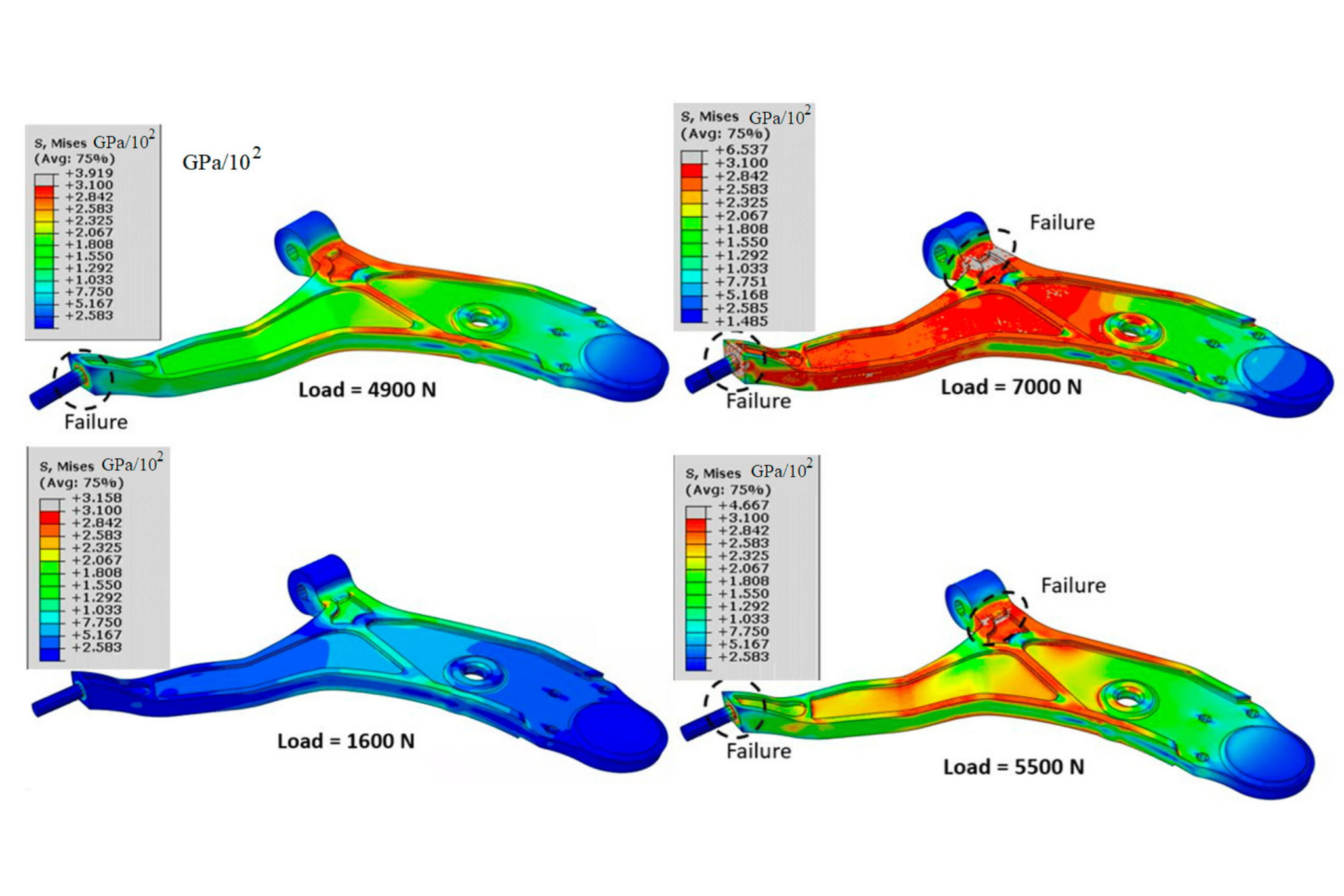
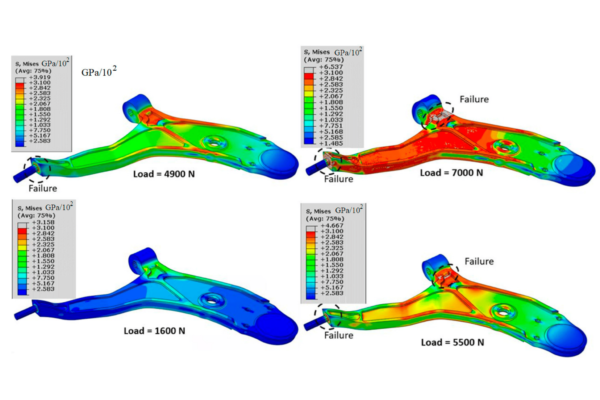
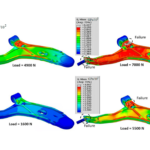
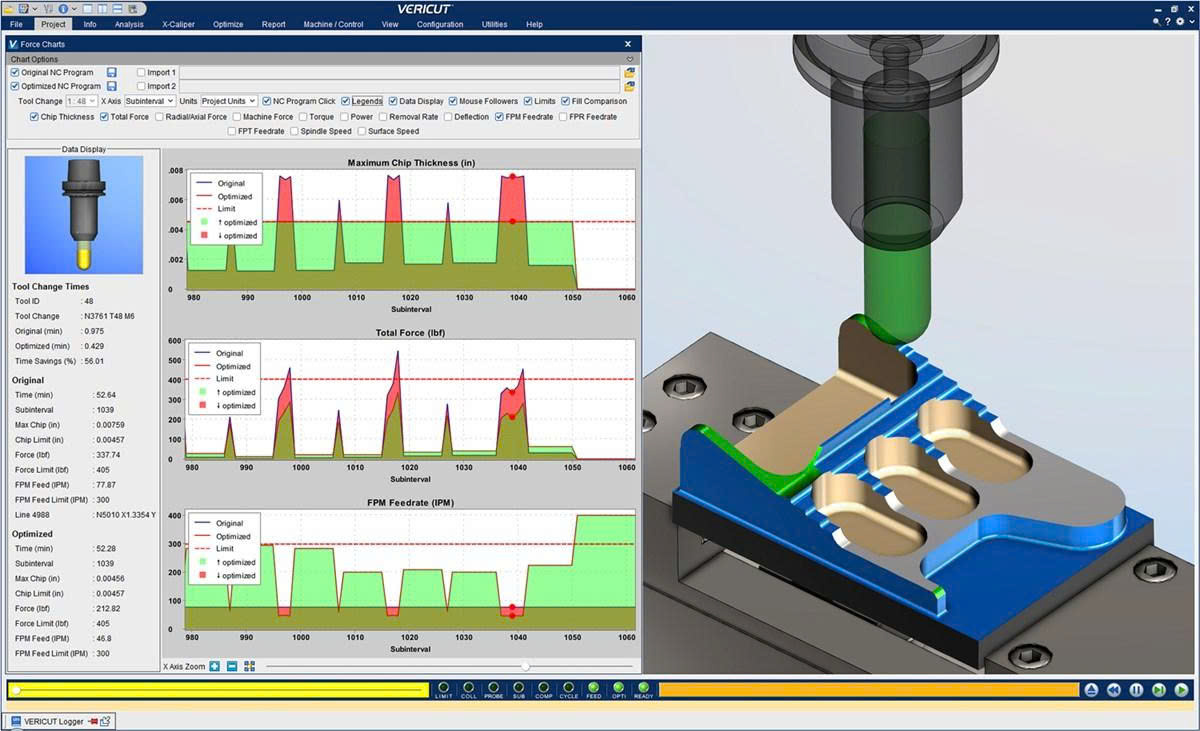

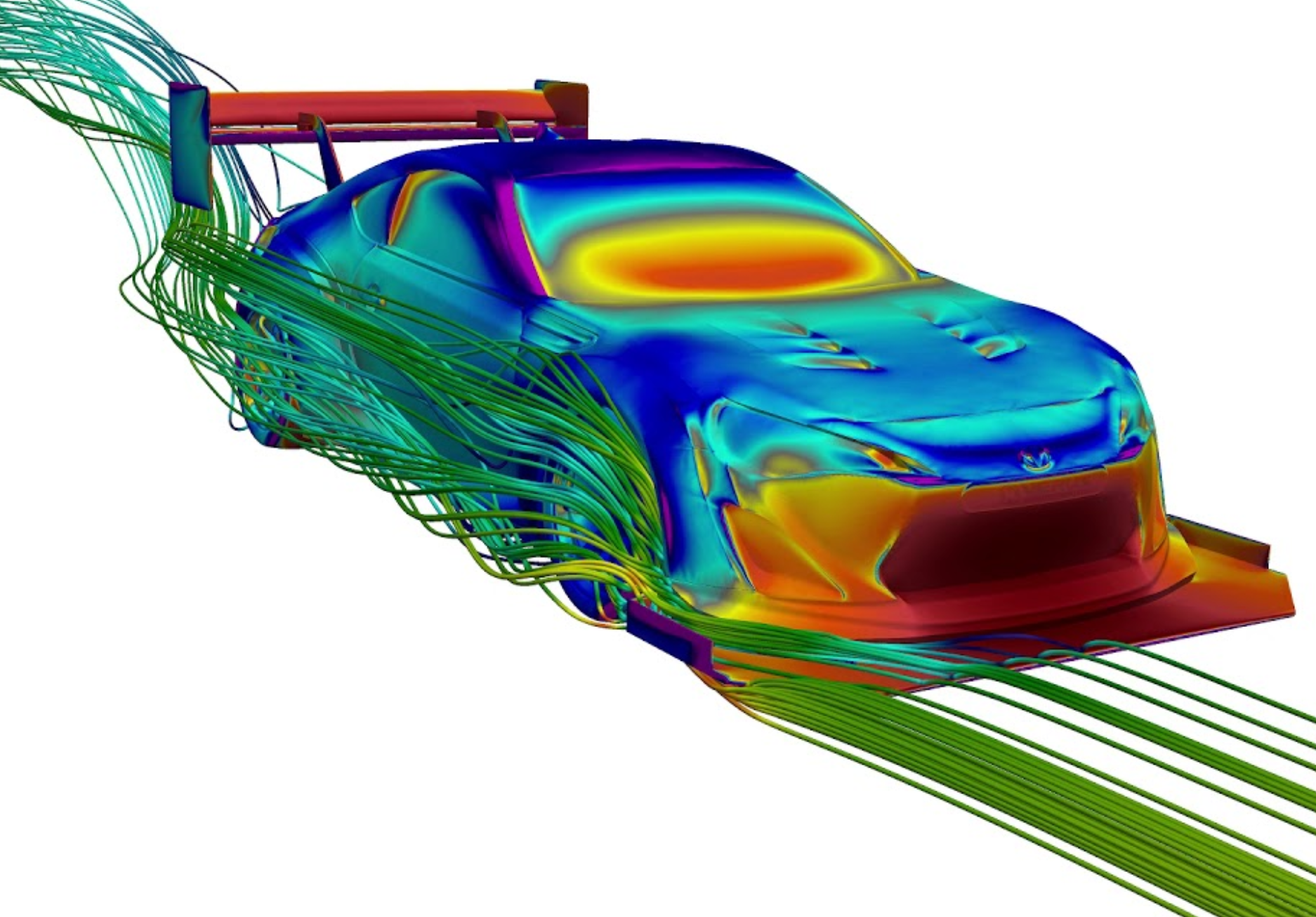
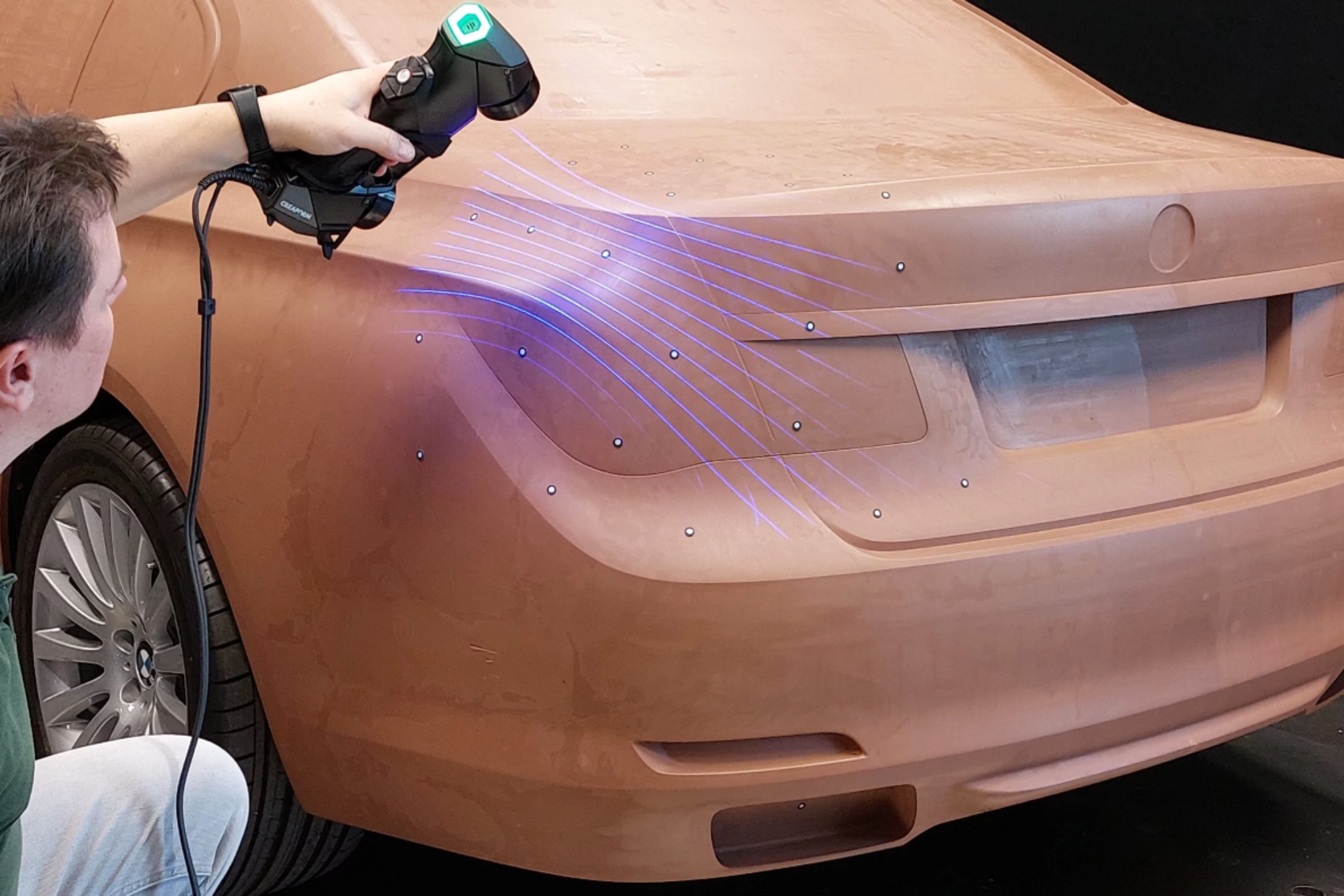





Reviews
There are no reviews yet.